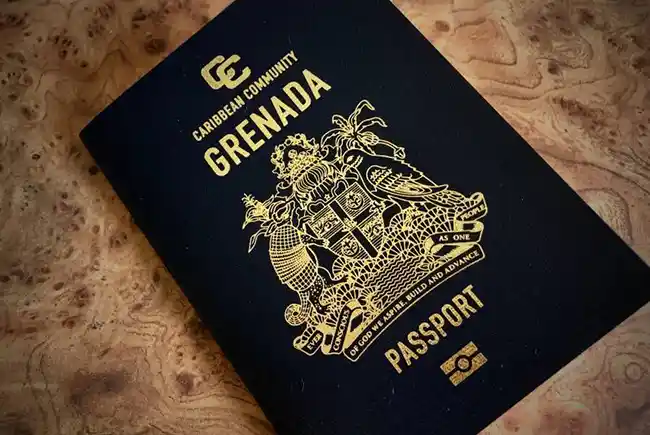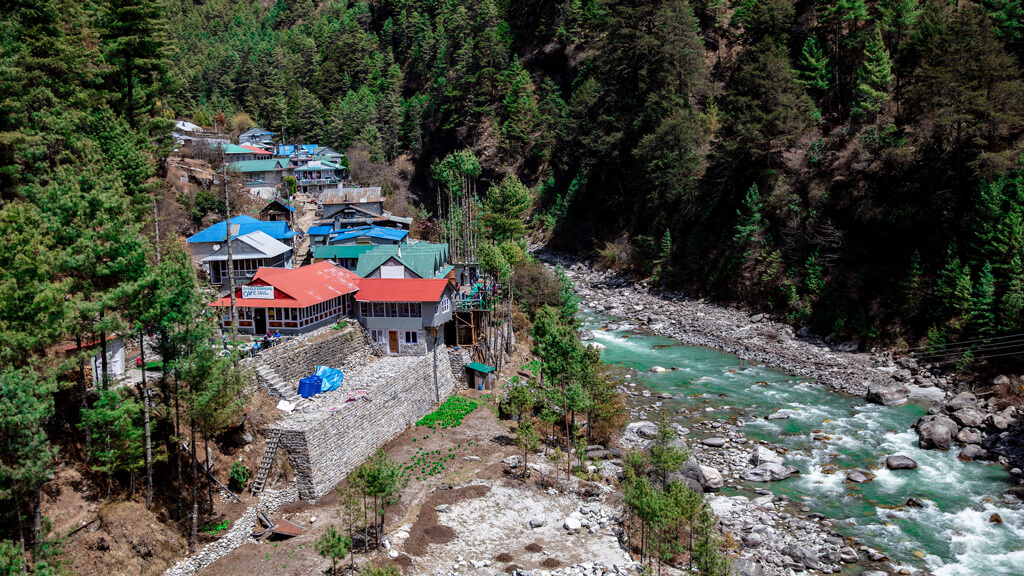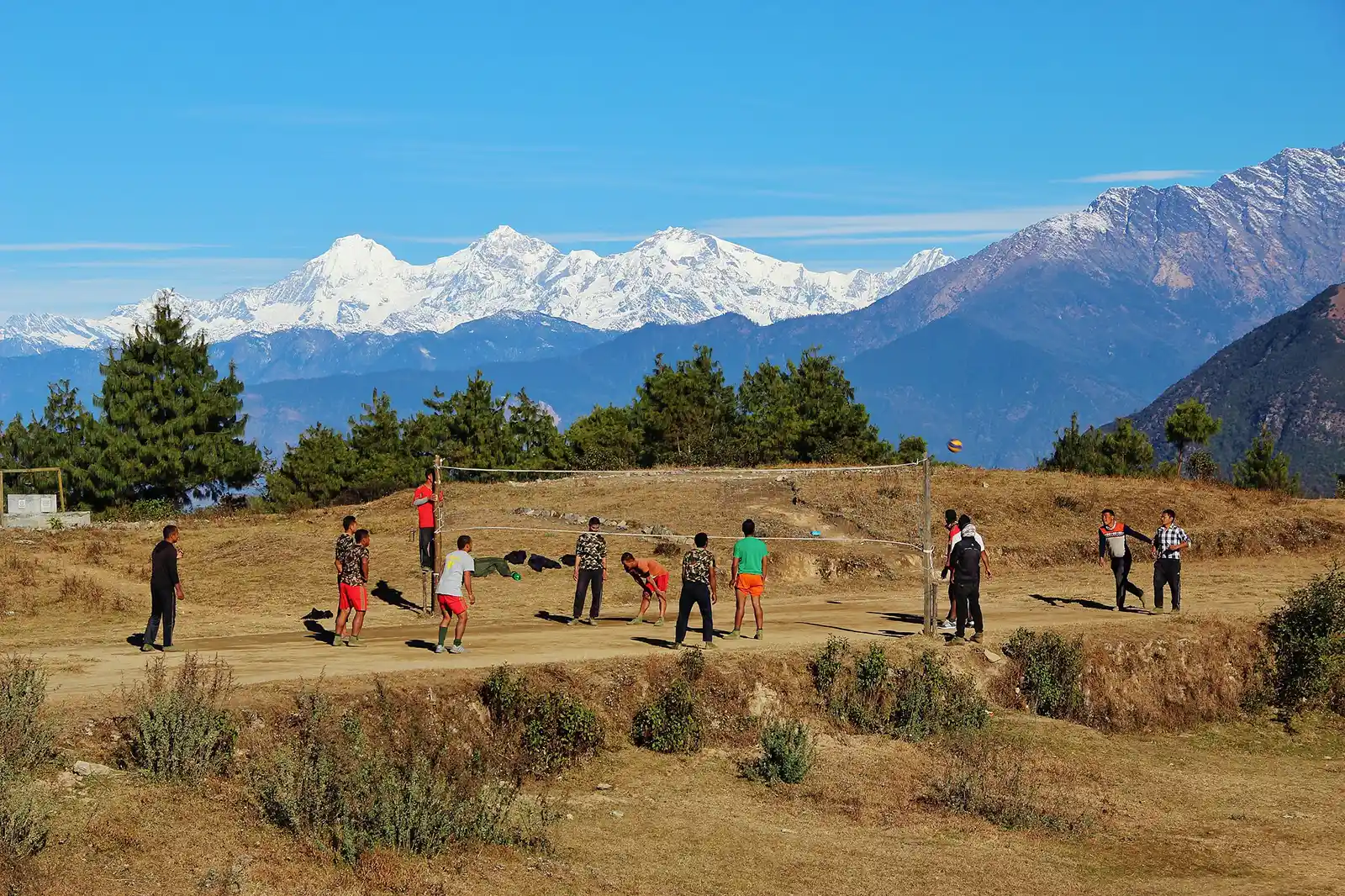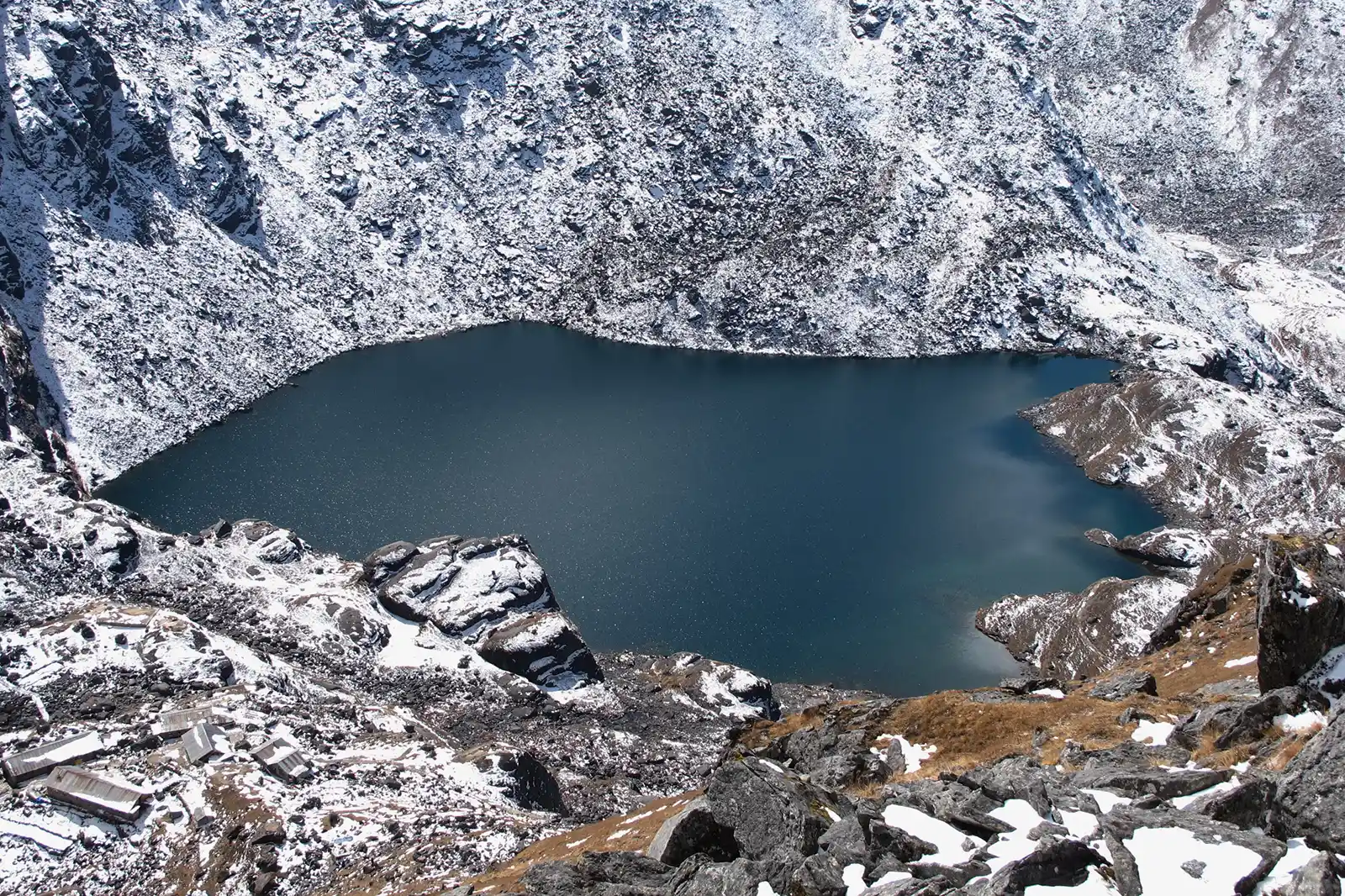The Caribbean region is notably attractive among the options for acquiring a second citizenship. With its warm climates, thriving economies, and extensive visa-free travel privileges, countries like Grenada and Antigua and Barbuda consistently rank among the top choices for citizenship-by-investment programs. These nations offer not only a pathway to a second passport but also a gateway to enhanced global mobility, financial advantages, and a secure future for families. In this detailed exploration, Lyle Julien, an expert in investment programs from Immigrant Invest, provides an in-depth comparison of the citizenship programs of Grenada and Antigua and Barbuda. We’ll examine their unique features, outline the benefits of their passports, and walk you through the application process to help you decide which option aligns best with your aspirations.
Understanding Grenada’s Citizenship Program
Grenada, called the “Spice Isle” due to its rich production of nutmeg and other spices, has established itself as a prominent player in the citizenship-by-investment landscape. Launched in 2013, Grenada’s program allows foreign nationals to acquire citizenship by making good financial support to the country. The most straightforward option is a non-refundable donation to the National Transformation Fund (NTF), which supports the nation’s development projects. As of April 2025, the minimum donation for a single applicant is $235,000. Alternatively, investors can opt for a real estate investment, requiring a minimum of $270,000 in government-approved properties, which must be held for at least five years.
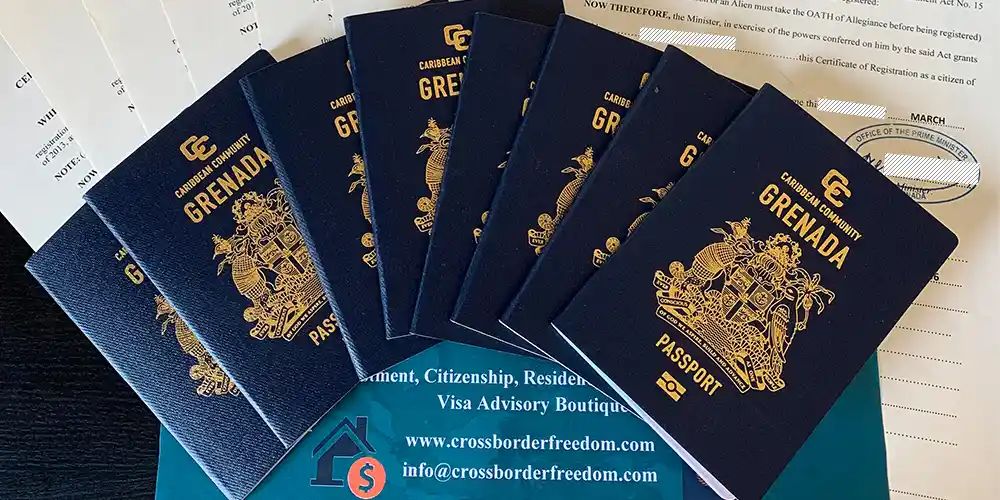
What sets Grenada apart is the remarkable value of its passport. Citizens of Grenada benefit from travel without a prior visa or with the ability to obtain a visa upon arrival in over 140 nations. This includes significant global hubs such as the UK, the Schengen Area, China, and Russia. Grenada’s qualification for the United States E-2 Investor Visa agreement is a unique benefit. This treaty allows Grenadian citizens to apply for a visa to live and operate a business in the U.S., a feature not offered by most other Caribbean citizenship programs. For entrepreneurs and business professionals, this perk significantly enhances Grenada’s appeal.
Exploring Antigua and Barbuda’s Citizenship Program
Antigua and Barbuda, a twin-island nation known for its pristine beaches and vibrant tourism industry, introduced its citizenship-by-investment program in 2013 as well. This program provides multiple pathways for investors to secure citizenship. The most accessible route is donating to the National Development Fund (NDF), which finances public sector projects and disaster relief efforts. The minimum contribution for a single applicant is currently $230,000, slightly less than Grenada’s NTF donation. Other options include investing at least $400,000 in approved real estate projects (to be held for five years) or contributing $1.5 million to a government-approved business venture, with a reduced threshold of $400,000 if part of a group investment totaling $5 million.
Regarding global travel flexibility, the Antigua and Barbuda citizenship program offers an equally noteworthy advantage, providing visa-free or on-arrival visas to over 150 nations, including the Schengen Area, the United Kingdom, and Hong Kong. While it lacks the E-2 visa advantage of Grenada, its slightly broader visa-free travel list and lower entry-level donation make it a compelling choice for those prioritizing affordability and mobility.
11 Key Benefits of a Caribbean Passport
Investing in a Caribbean passport through Grenada or Antigua and Barbuda offers many advantages. Below are 11 standout benefits that make these programs highly sought after:
- Visa-Free Travel: The ability to travel seamlessly to many countries without the tension of visa applications is a significant draw. Both Grenada and Antigua and Barbuda passports unlock access to popular destinations across Europe, Asia, and the Americas, enhancing personal and professional flexibility.
- Business Opportunities: A Caribbean passport can serve as a springboard for international business ventures. Both nations boast stable economies and actively encourage foreign investment in tourism, real estate, and agriculture, offering a favorable environment for entrepreneurs.
- Dual Citizenship: Neither Grenada nor Antigua and Barbuda requires applicants to renounce their existing nationality. This flexibility allows individuals to retain ties to their home country while enjoying the perks of Caribbean citizenship.
- Tax Advantages: The tax regimes in both countries are highly attractive, with no taxes on inheritance, wealth, or capital gains. This can translate into significant financial savings and efficient wealth management for high-net-worth individuals.
- Family Inclusion: Both programs permit the inclusion of immediate family members, such as spouses, dependent children, and, in some cases, parents or grandparents. This makes them ideal for families seeking a collective path to global citizenship.
- Security and Stability: A second passport acts as a safety net against political or economic turmoil in one’s home country. Grenada, Antigua, and Barbuda offer peaceful, politically stable environments with low crime rates and reliable governance.
- Educational Opportunities: Citizenship in these nations provides access to reputable educational institutions. Grenada, for instance, hosts St. George’s University, a globally recognized medical school, while Antigua and Barbuda offers pathways to Commonwealth education systems.
- Real Estate Investment: For those opting for the real estate route, both countries present opportunities to invest in properties with potential for appreciation. These investments, from luxury resorts to residential developments, can yield financial returns alongside citizenship.
- Healthcare Access: The Caribbean has healthcare systems that meet international standards. Citizens benefit from quality medical services locally and can access advanced care abroad thanks to their enhanced mobility.
- Cultural Connections: With historical ties to Europe and North America, Grenada and Antigua and Barbuda offer a blend of Caribbean charm and Western influences, creating a welcoming environment for newcomers.
- E-2 Visa Access (Grenada Only): Grenada’s unique eligibility for the U.S. E-2 Investor Visa sets it apart, providing a direct route to living and working in the United States—a rare and valuable benefit.
How to Apply for a Caribbean Passport
Obtaining citizenship through investment in Grenada or Antigua and Barbuda follows a structured yet straightforward path. Here’s a step-by-step guide:
- Select Your Investment Option: Choose the investment route that suits your goals. Options include a donation to the NTF or NDF, a real estate purchase, or, in Antigua and Barbuda’s case, a business investment. Evaluate the costs and long-term benefits of each.
- Undergo Due Diligence: Both nations prioritize security and integrity, conducting rigorous background checks on all applicants. This involves submitting financial records, criminal history reports, and other personal documentation to verify eligibility.
- Submit Your Application: Compile and submit your application package once due diligence is cleared. This includes proof of investment (e.g., donation receipt or real estate purchase agreement), identification documents, and any additional forms required by the program.
- Await Processing: Processing times typically range from three to six months, depending on the complexity of the application and the volume of submissions. During this period, authorities review your file and finalize approvals.
- Receive Citizenship and Passport: Upon approval, you’ll be granted citizenship, and your Caribbean passport will be issued. From there, you can begin enjoying the full spectrum of benefits, from visa-free travel to tax optimization.
Grenada vs. Antigua and Barbuda: Which Should You Choose?
Deciding between Grenada and Antigua and Barbuda hinges on your priorities and circumstances. Here are the key factors to consider:
- Investment Cost: Antigua and Barbuda’s $230,000 NDF donation is slightly more affordable than Grenada’s $235,000 NTF contribution, making it a budget-friendly entry point. However, real estate and business investment thresholds differ, so compare all options carefully.
- Global Mobility: Both passports offer extensive visa-free travel, but Antigua and Barbuda edges out slightly with access to a few additional countries. Grenada, however, compensates with its exclusive E-2 visa pathway to the U.S.
- Real Estate Market: If property investment is your focus, Antigua and Barbuda boasts a more developed luxury real estate sector driven by its robust tourism industry. Grenada, while smaller, offers promising opportunities tied to its growing eco-tourism and hospitality markets.
- Family Needs: Both programs accommodate families, but Grenada’s more lenient residency requirements (no mandatory annual visits) may appeal to those with children or elderly dependents. Antigua and Barbuda requires a five-day stay within the first five years for renewals.
- Economic Outlook: Grenada’s economy is diversified, with agriculture and education complementing tourism, while Antigua and Barbuda relies heavily on tourism, which can be more susceptible to global fluctuations. Assess your tolerance for economic variability.
Conclusion: Tailoring Your Choice to Your Goals
Grenada and Antigua and Barbuda both present exceptional citizenship-by-investment opportunities, each with distinct strengths. Grenada shines for business-minded individuals eyeing U.S. opportunities via the E-2 visa, while Antigua and Barbuda offers cost-effective entry and broader visa-free access. Whether your priorities lie in travel freedom, financial planning, or family security, these Caribbean nations deliver robust solutions. By weighing investment costs, lifestyle preferences, and long-term objectives, you can confidently select the program that best aligns with your vision for a global future.
